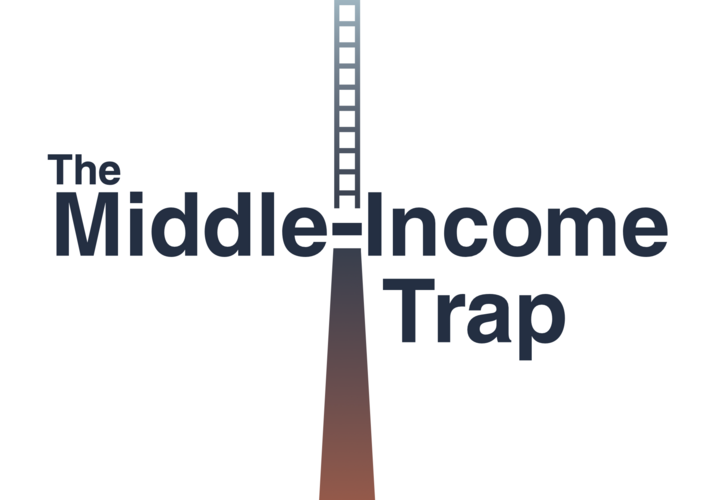New research from EGC's Gender and Growth Gaps project featured in the 2024 World Development Report
The World Bank’s 2024 World Development Report – focusing on the "Middle-Income Trap" – features research by EGC's Gender and Growth Gaps project: a new Global Gender Distortions Index which quantifies the economic growth potential from closing gender gaps in the labor market.

New research from EGC's Gender and Growth Gaps project was featured in the World Bank’s 2024 World Development Report, released on August 2.
The 2024 WDR focuses on the "Middle-Income Trap", a situation where growth slows when countries hit middle-income levels, and the leap to high-income status requires entirely new levers for economic transformation.

It featured the Global Gender Distortions Index, which EGC researchers are developing under the Gender and Growth Gaps project to measure economic growth losses due to gender gaps in the labor market. The GGDI links gender gap changes to productivity growth by improving the allocation of women’s talent, quantifying how much a country's GDP could grow from better women's labor market opportunities. The index considers labor demand distortions, which create wage and productivity discrepancies, and occupational preferences influenced by social norms. Using wage, labor supply, and employment differences, the GGDI estimates productivity losses or gains, allowing cross-time and location comparisons to inform policy decisions.
"Integrating women into the labor market is widely believed to be beneficial not only for women but for the entire economy," explained Pinelopi Koujianou Goldberg, the Elihu Professor of Economics and Global Affairs and Professor of Management, and member of the Gender and Growth Gaps program faculty. "The GGDI operationalizes this idea. It is the product of a successful collaboration between Yale’s Economic Growth Center and the World Bank, and we hope that it will help guide policy decisions – especially in developing countries where gender gaps in the labor market remain significant."
The GGDI will be computed for 30 countries over the next 24 months, serving as a dynamic economic barometer.
Read more and download the 2024 WDR at the World Bank's website.